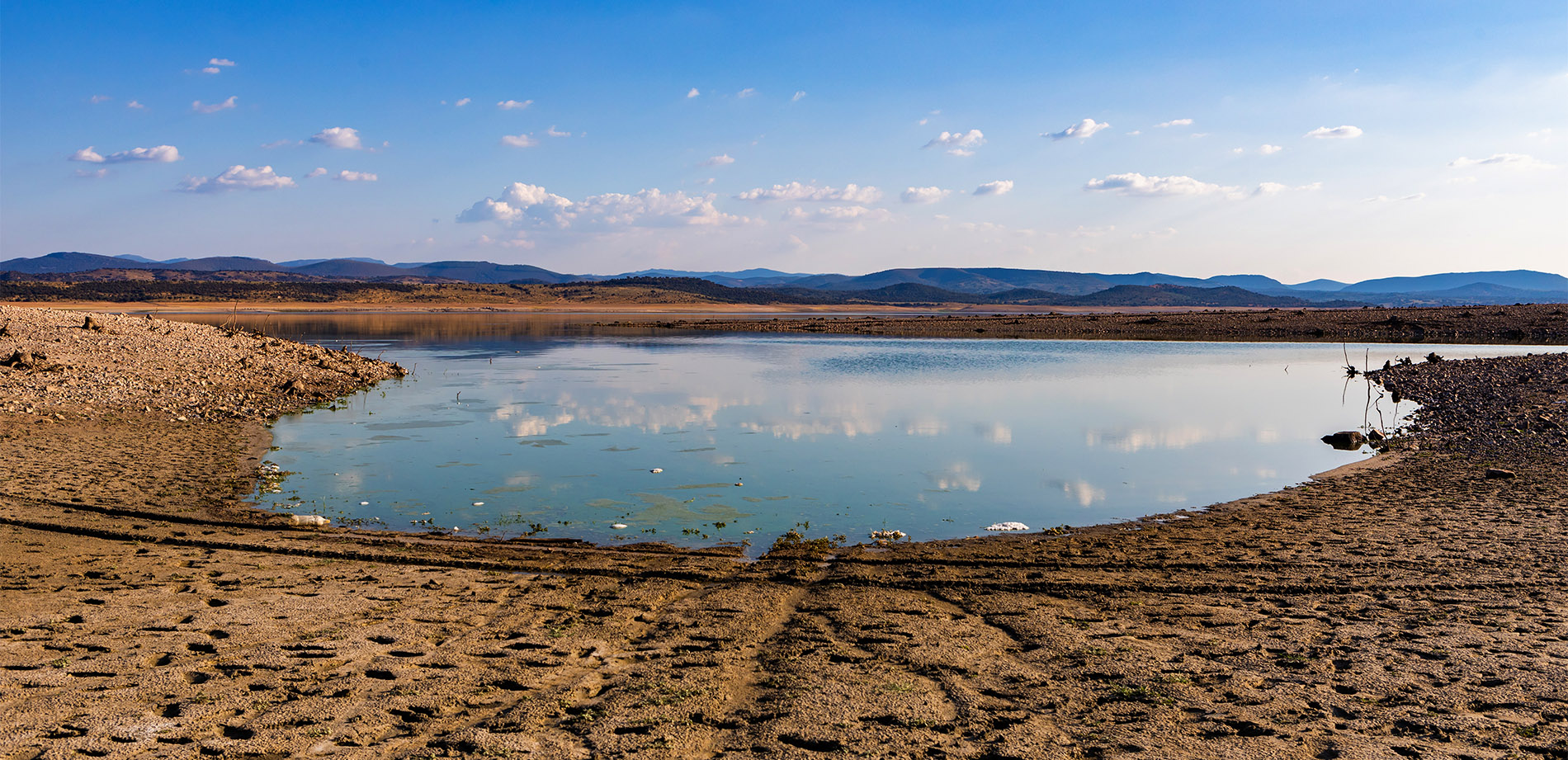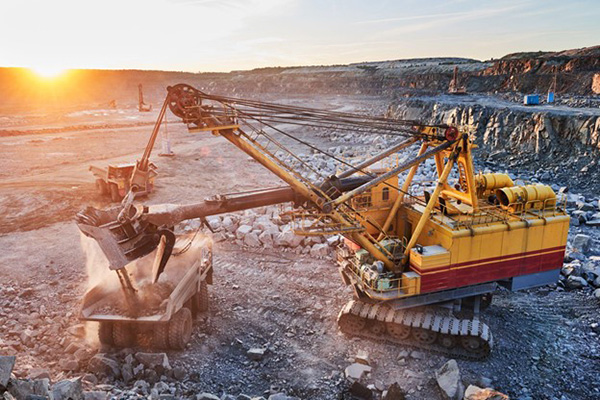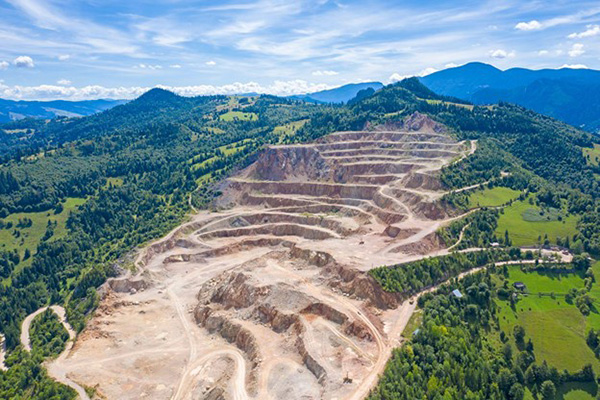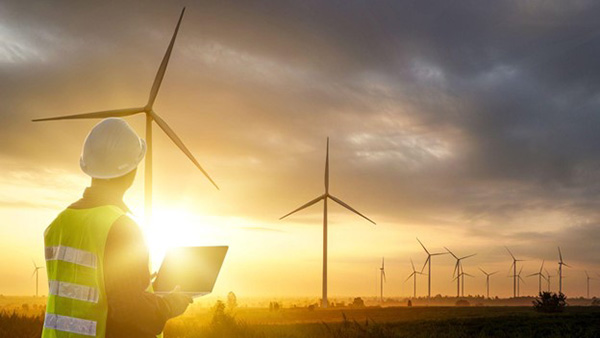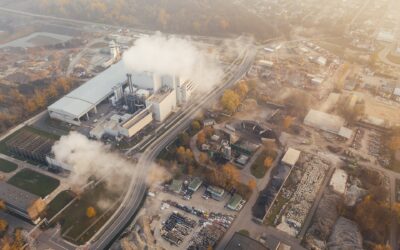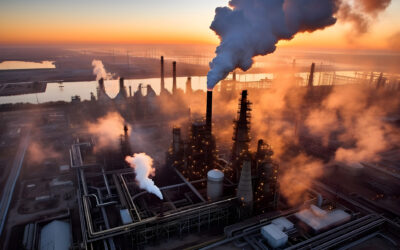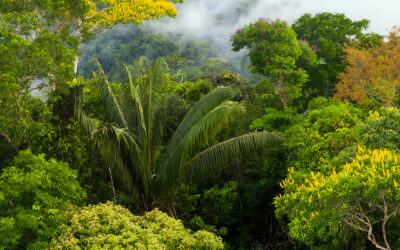The overconsumption of natural resources leads to environmental degradation and negative impacts on our society. We are quickly consuming our way toward a world where there will be few resources left for future generations. This is at a time when global population growth is reaching unprecedented rates, so it is essential to address humankind’s habit of overconsumption for the sake of a better future.
This article will provide an overview of what overconsumption is and what resources are being consumed at an unsustainable rate. We’ll look into how overconsumption of natural resources affects the environment and what we can do to change the way we use our resources.
What Is Overconsumption of Resources?
Many of the natural resources our society uses are diminishing due to overconsumption. Overconsumption means consuming resources that we cannot replenish or that cannot sustain themselves at the rate we are consuming them. Ecosystems are unable to cope with excessive resource extraction, resulting in biodiversity loss and the deterioration of the natural world. When a resource is depleted entirely from an area, it is likely gone forever.
An example of overconsumption is found in the logging industry. Logging requires harvesting trees from forests. The timber is used for construction and paper manufacturing. It’s also burned as fuel. People around the world rely on timber for shelter, heat, cooking, and paper products. The overconsumption of timber in a particular region can result in deforestation. Since 1990, we have lost 420 million hectares (over 1 million acres) of forest land.
Overconsumption of natural resources is a significant threat to the environment and to civilization around the world. The environment is incapable of replenishing the resources if we use them too quickly. Once these resources are gone, humans around the world will suffer due to a lack of access to essential resources like water, food, materials for housing, and materials for heating. It is imperative for us to get a grasp on our tendencies to over-consume for the sake of the planet and human life.
How Does Consumption Affect Natural Resources?
Natural resources need time to replenish themselves. Sections of forests need to grow after logging occurs in the area. Fish populations need time to restore after commercial fishing. Consumption of natural resources affects all aspects of our world, and it is our responsibility to practice sustainable consumption so our planet does not become severely damaged.
If we are not careful in monitoring the human consumption of natural resources, we will see these resources decline. Natural resources that take longer to replenish themselves may face permanent depletion. Natural resources that can replenish themselves may become so low that the amount of time it would take for them to replenish to a healthy level could spell disaster for human society and the ecology on Earth.
What Natural Resources Are We Consuming?
We consume many types of natural resources for various purposes. The primary natural resources we consume today fall under two categories: non-renewable resources and renewable resources. Non-renewable resources have taken nature a very long time to produce. Renewable resources are replenished at a much faster rate. Below, we’ll cover each of these categories in more detail.
Non-Renewable Resources
Non-renewable resources are those that form over millions of years and will not replenish for another long stretch of time or are not able to replenish at all due to the current conditions on Earth. These resources include fossil fuels like oil, coal, and natural gas. Non-renewables also consist of resources that must be mined, like metals, ores, diamonds, sand, and other raw materials.
Primarily relying on non-renewable resources is risky because if we run out of these resources or find that they are too difficult or expensive to acquire, there will be no substitute readily available to replace them.
The consequences of running out of non-renewable resources could have devastating economic impacts. For example, more than 80% of the world’s energy still comes from oil, coal, and natural gas. In the event that fossil fuels became unobtainable, the economy would suffer greatly, and the world would be in need of a source to meet its energy consumption needs.
Renewable Resources
Renewable resources are those that naturally replenish themselves in a significantly shorter amount of time. These resources consist of energy like wind and solar. They also include food sources like fish, animals, and plant-based foods. Lumber is also included in this category.
Renewable resources like wind and sunlight are limitlessly renewable. We can use the sources for power generation without worrying about depleting them. Other renewables like our food sources and lumber from forests must be monitored more closely to ensure we avoid overconsumption of natural resources.
Above, we mentioned the delicacy of forest lands when it comes to overconsumption due to the lumber industry. Another example of renewable resources that can come under pressure from overexploitation is fish populations. Globally, 34% of fish populations are overfished. Overfishing results in a decline in the total fish population of a particular stock.
Overconsumption also affects fertile land for farming and water resources. If we do not start using renewable natural resources wisely, we could face shortages in essential goods we harvest from nature.
How Does the Consumption of Natural Resources Vary by Country?
The number of natural resources consumed varies by nation and generally is correlated with the amount of wealth a nation has. Wealthier nations consume 10 times more natural resources than developing countries.
North America consumes the greatest amount of natural resources each day. The average North American consumes 90 kilograms of resources each day. For comparison, the average native of Europe consumes 45 kilograms per day, and the average inhabitant of Africa consumes 10 kilograms per day.
The abundance of consumption in North America is predominantly due to the United States. According to Scientific American, in one American’s lifetime, they will consume 53 times the amount of goods and services as someone from China and as many natural resources as 35 residents of India.
How Does the Consumption of Natural Resources Affect the Overall Status of the Environment?
The environment is sensitive to the changes we make to it. Humans have increased the global temperature since the Industrial Revolution just by emitting carbon dioxide, so it is clear our actions have significant impacts on our planet.
The changes we make to some natural resources have a direct impact on the environment by altering landscapes and harming biodiversity. Other natural resources are harvested as part of industries that cause greenhouse gas emissions and carbon emissions, accelerating global warming and climate change.
Every action we take has some effect on our environment. Take the construction industry, for example. The construction industry requires metals that are mined from the Earth for use in machinery and building supplies. It also requires the use of sand and lumber as building materials. The industry’s operations come with the consequences of burning fossil fuels. The toll of this entire industry plays a large role in the overall status of the environment when you account for all the natural resources that must be harvested and used.
There are many industries like construction that rely on a chain of natural resources that ultimately contribute to the overconsumption of natural resources and the deterioration of the environment. Protecting our lands and oceans through a switch to sustainable resources and using them responsibly is our best opportunity for the preservation of Earth’s many ecosystems.
What Do Humans Consume the Most?
The two natural resources that are the most consumed are water and sand. While water might seem obvious — we need it for drinking, agriculture, and a myriad of other uses — sand may come as a surprise to some.
The reason we consume so much sand largely comes down to construction and the large-scale urbanization the world is experiencing. Sand is primarily used for mixing concrete, and we use a significant amount of it, extracting 50 billion tons of it each year. The consequences of sand mining include the deterioration of river systems and ocean habitats as sand is removed in vast quantities from these areas.
The most consumed resource on the planet is water — and for good reason. We need it to survive. Not only is drinking water essential to life on Earth, but we use it for agriculture and cooking. It is also used in many industrial processes and is, therefore, essential to the state of the economy. Finally, we use water for electricity generation. For all these reasons, water is an essential natural resource to protect.
The primary threat to fresh water is climate change, which has caused severe droughts in many regions around the world and threatens water supplies.
Another threat to this resource is the growing demand for water. The demand comes primarily from the agricultural industry. As the global population continues to climb, and there is a greater need for food around the globe.
While 70% of Earth’s surface is water, 97.5% of that water is ocean water. Fresh water is found frozen at the poles, on Earth’s surface in rivers and lakes, and in underground aquifers. According to BBC, 21 of Earth’s 35 major aquifers are receding due to overconsumption of water as nations around the world are forced to meet growing demand.
How Can We Slow the Overconsumption of Natural Resources?
The best way to slow the overconsumption of natural resources and protect our planet is to monitor our consumption patterns, create new ways to preserve them, and practice resource management. We should focus on transitioning from non-renewable resources to resources that can replenish themselves. This transition will preserve the environment, the economy, and human civilization in the future.
New technologies that improve the efficiency of renewable energy can provide power solutions at practically no cost to planet Earth. Finding more effective means for agriculture and food procurement can protect animal stocks and natural lands around the world while providing food for a growing world population.
In regions facing water scarcity, the overconsumption of freshwater has driven demand for alternatives like desalination. While desalination offers a solution, it’s currently energy-intensive and can exacerbate environmental stress. Efforts to make this process more efficient and less harmful reflect a broader need to manage our consumption of water more sustainably. Without addressing the root causes of freshwater overuse, such innovations may only serve as temporary fixes rather than long-term solutions.
Finally, we can each play a role in reducing our consumption levels by remaining aware of how our daily activities contribute to our ecological footprint and personal resource use. Each one of us has the power to limit the amount we consume and reuse materials as much as possible. Doing so will result in an improvement in Earth’s well-being.
Let’s Slow the Rate of Natural Resource Consumption
Overconsumption is happening to many of our natural resources, and we must take action to protect them. Conserving natural resources will improve economic growth and limit environmental impacts.
While new technologies and methods continue to improve our ability to protect the world’s natural resources, we can play a part in taking personal responsibility for how much we consume. A world with resources that are responsibly consumed is a world of greater prosperity and health for all.
Learn how Terrapass can help you reduce your carbon footprint and offset your consumption.
Brought to you by terrapass.com
Featured image:
